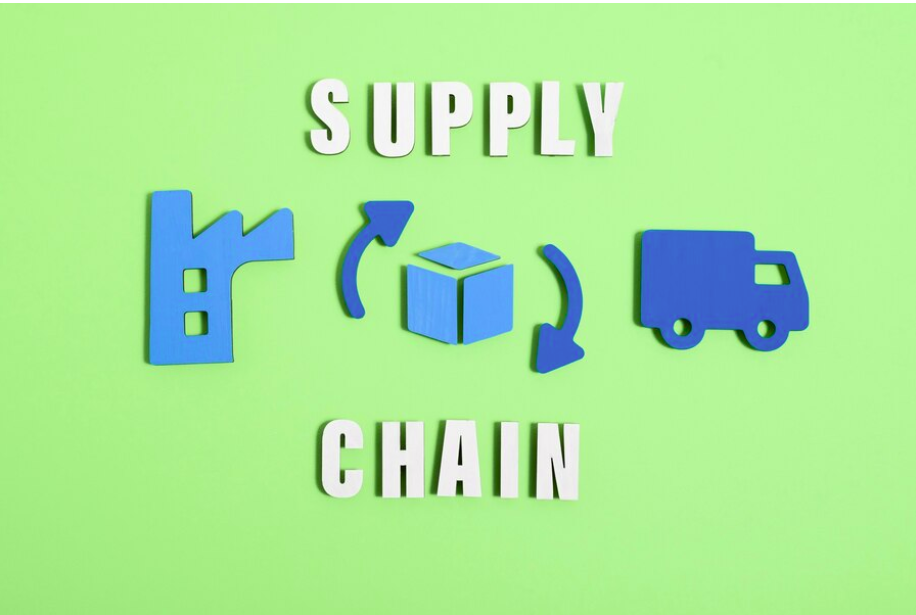As businesses grow, so do their operational complexities. What once could be managed with a hands-on approach now requires strategic oversight and efficient processes to maintain productivity and profitability.
Streamlining operations is not just about cutting costs; it’s about creating a sustainable and scalable business model that can adapt to market changes and continue to thrive. Here are seven strategies for streamlining operations in your large business.
1. Implement Advanced Technology Solutions
Technology plays a crucial role in streamlining operations. Advanced software and systems can automate routine tasks, reduce errors, and provide valuable insights through data analytics. Here are a few key areas where technology can make a significant impact:
a. Enterprise Resource Planning (ERP) Systems
ERP systems integrate various functions such as finance, HR, supply chain, and customer relationship management into a single platform. This integration allows for real-time data access and improves communication across departments. With an ERP system, you can:
- Centralize information
- Automate processes
- Enhance data accuracy
- Improve decision-making through real-time analytics
b. Customer Relationship Management (CRM) Systems
A CRM system helps manage interactions with current and potential customers. It streamlines the sales process, improves customer service, and enhances customer retention. Key benefits include:
- Centralized customer information
- Automated marketing campaigns
- Sales pipeline tracking
- Improved customer service through detailed interaction histories
c. Automation and AI
Automation tools and AI can handle repetitive tasks such as data entry, scheduling, and reporting. This not only increases efficiency but also allows your employees to focus on more strategic activities. Consider implementing:
- Robotic Process Automation (RPA) for repetitive tasks
- Chatbots for customer service
- AI-driven analytics for business insights
2. Optimize Supply Chain Management

An efficient supply chain is critical for large businesses. It affects everything from production schedules to customer satisfaction. Here are some strategies to optimize your supply chain:
a. Demand Forecasting
Accurate demand forecasting allows you to align your inventory levels with market needs, reducing the costs associated with overstocking or stock outs. Use predictive analytics to analyze historical data, market trends, and seasonality.
b. Supplier Relationship Management
Building strong relationships with suppliers can lead to better pricing, improved quality, and reliable delivery schedules. Regularly review supplier performance and maintain open communication to address any issues promptly.
c. Inventory Management
Implementing an advanced inventory management system can help you maintain optimal inventory levels, track stock movements, and reduce carrying costs. Consider just-in-time (JIT) inventory systems to minimize waste and improve cash flow.
3. Enhance Employee Productivity
Employee productivity is a cornerstone of streamlined operations. By creating a work environment that promotes efficiency and job satisfaction, you can significantly improve overall performance. Here are some strategies to enhance productivity:
a. Training and Development
Investing in employee training and development ensures that your workforce has the skills and knowledge needed to perform their tasks efficiently. Offer regular training sessions, workshops, and opportunities for professional growth.
b. Performance Management
Implement a robust performance management system to set clear expectations, provide regular feedback, and recognize achievements. Use performance metrics and KPIs to track progress and identify areas for improvement.
c. Employee Engagement
Engaged employees are more productive and committed to their work. Foster a positive company culture, encourage open communication, and provide opportunities for employee involvement in decision-making processes.
4. Streamline Communication Channels
Effective communication is essential for smooth operations, especially in large organizations where information can easily get lost. Streamlining communication channels can improve collaboration, reduce misunderstandings, and enhance productivity. Consider the following strategies:
a. Unified Communication Platforms
Implement a unified communication platform that integrates email, instant messaging, video conferencing, and collaboration tools. This ensures that all team members have access to the same information and can communicate seamlessly.
b. Clear Communication Policies
Establish clear communication policies that outline the preferred channels for different types of communication, response times, and guidelines for effective communication. Ensure that all employees are familiar with these policies.
c. Regular Meetings and Updates
Hold regular meetings and provide updates to keep everyone informed about company goals, progress, and any changes. Encourage open dialogue during these meetings to address any concerns and gather feedback.
5. Improve Process Efficiency
Optimizing business processes can lead to significant improvements in efficiency and cost savings. Here are some steps to enhance process efficiency:
a. Process Mapping
Create detailed process maps to visualize each step in your business processes. This helps identify bottlenecks, redundancies, and areas for improvement. Use tools like flowcharts, diagrams, and software solutions to map processes accurately.
b. Lean Principles
Adopt lean principles to eliminate waste and streamline processes. Focus on value-added activities and continuously seek ways to reduce inefficiencies. Key lean principles include:
- Identifying and eliminating waste
- Improving flow and reducing process variation
- Empowering employees to contribute to process improvements
c. Continuous Improvement
Implement a culture of continuous improvement where employees are encouraged to identify areas for improvement and suggest solutions. Use methodologies like Six Sigma and Kaizen to systematically improve processes.
6. Foster a Culture of Accountability
A culture of accountability ensures that everyone in the organization takes responsibility for their actions and contributes to the company’s success. Here are some strategies to foster accountability:
a. Clear Expectations
Set clear expectations for each role and ensure that employees understand their responsibilities. Provide detailed job descriptions, performance metrics, and regular feedback.
b. Accountability Systems
Implement systems that track performance and hold employees accountable for their results. Use performance reviews, scorecards, and regular check-ins to monitor progress and address any issues promptly.
c. Recognition and Rewards
Recognize and reward employees for their achievements and contributions. This not only motivates them to perform better but also reinforces the importance of accountability. Consider implementing:
- Employee of the month programs
- Performance-based bonuses
- Public recognition for exceptional work
7. Focus on Customer Satisfaction
Customer satisfaction is a key driver of business success. By focusing on delivering a superior customer experience, you can build loyalty, enhance your reputation, and drive growth. Here are some strategies to improve customer satisfaction:
a. Understand Customer Needs
Regularly gather feedback from your customers to understand their needs, preferences, and pain points. Use surveys, focus groups, and direct interactions to gain insights into their experiences.
b. Improve Customer Service
Invest in training your customer service team to handle inquiries, complaints, and issues effectively. Ensure that they have the tools and resources needed to provide timely and satisfactory resolutions.
c. Personalize Customer Interactions
Use customer data to personalize interactions and offer tailored solutions. This can enhance the customer experience and build stronger relationships. Implement CRM systems to manage customer information and track interactions.
d. Deliver Consistent Quality
Consistency in product and service quality is crucial for customer satisfaction. Implement quality control measures to ensure that your offerings meet or exceed customer expectations. Regularly review and improve your processes to maintain high standards.
Conclusion
Streamlining operations in a large business is an ongoing process that requires strategic planning, continuous improvement, and a focus on efficiency. By implementing advanced technology solutions, optimizing supply chain management, enhancing employee productivity, streamlining communication channels, improving process efficiency, fostering a culture of accountability, and focusing on customer satisfaction, you can create a more agile and resilient organization. These strategies will not only reduce costs and increase profitability but also position your business for long-term success in an ever-changing market.
